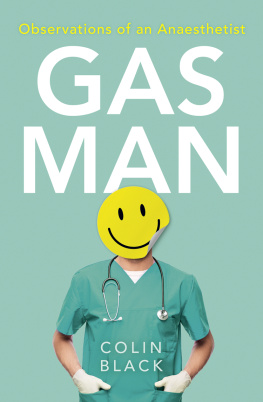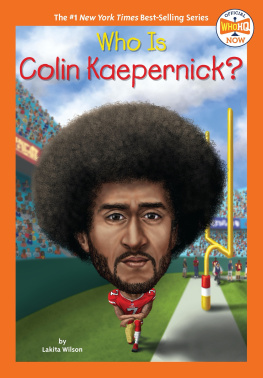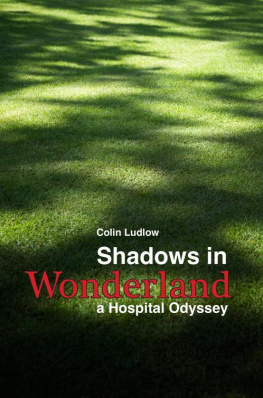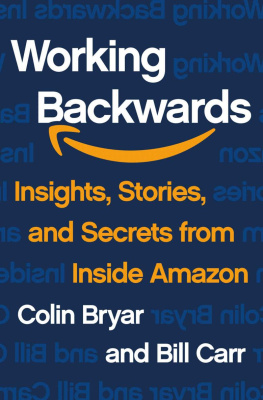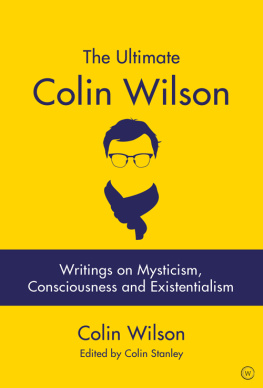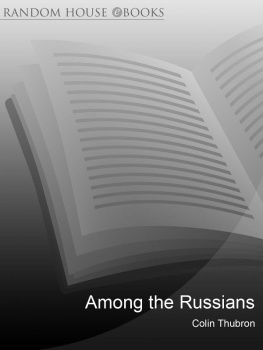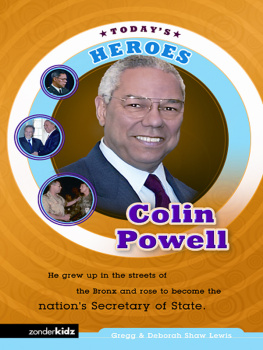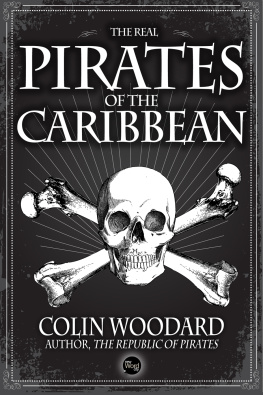HarperCollinsPublishers
1 London Bridge Street
London SE1 9GF
www.harpercollins.co.uk
HarperCollinsPublishers
1st Floor, Watermarque Building, Ringsend Road
Dublin 4, Ireland
First published by HarperCollinsPublishers 2021
FIRST EDITION
Colin Black 2021
Cover design by Holly Macdonald HarperCollinsPublishers 2021
Cover illustrations Shutterstock.com
A catalogue record of this book is available from the British Library
Colin Black asserts the moral right to be identified as the author of this work
All rights reserved under International and Pan-American Copyright Conventions. By payment of the required fees, you have been granted the nonexclusive, non-transferable right to access and read the text of this e-book on screen. No part of this text may be reproduced, transmitted, downloaded, decompiled, reverse engineered, or stored in or introduced into any information storage retrieval system, in any form or by any means, whether electronic or mechanical, now known or hereinafter invented, without the express written permission of HarperCollins e-books.
Find out about HarperCollins and the environment at
www.harpercollins.co.uk/green
Source ISBN: 9780008470142
Ebook Edition September 2021 ISBN: 9780008470159
Version: 2021-07-28
This ebook contains the following accessibility features which, if supported by your device, can be accessed via your ereader/accessibility settings:
- Change of font size and line height
- Change of background and font colours
- Change of font
- Change justification
- Text to speech
- Page numbers taken from the following print edition: ISBN 9780008470142
Dr Colin Black was born in Derry City but has lived in Dublin since the age of 3, so has long since traded his calming northwestern lilt for a posh South Dublin accent. Colin is a Consultant Paediatric Anaesthesiologist with a special interest in anaesthesia for congenital heart disease, and has worked in hospitals across Ireland, following a period of finding himself in Australia. His anaesthesia finishing school was the esteemed Great Ormond Street Hospital for Children in central London.
Now based at Childrens Health Ireland at Crumlin, Colin lives in Dublin with his wife, who also happens to be a surgeon, and their young daughter, whom they hope does not become a doctor too.
For the little chicken.
And the bigger chicken.
To protect the identity of patients, their parents and colleagues, I have altered names and clinical details throughout this book. I encounter many patients with similar clinical problems, therefore any resemblance is coincidental. Some colleagues will, of course, easily decipher that I am making reference to them. I have sought their permission to publish any glaringly obvious identifying details. Hopefully everyone else will still have a cup of mediocre hospital tea with me. Despite these alterations, this is not a work of fiction and all of the anecdotes, stories and musings are true and were composed in a one-year period.
An Introduction
Definition: Observation is the subtle art of shutting up, putting away the phone and simply paying attention every now and again.
Quiet observation of patients was (and one could argue still is) the cornerstone of medicine. If you look back at historical artwork portraying doctors, what do you see? There is no scalpel, no blood pressure cuff, no oxygen, often not even a nurse to assist. There is a pensive man always a man sitting in a candlelit room. Parents or family of the suffering patient look on in fear, a wash of angst across their faces. The patient lies in bed, sweating, panting, with a ghastly sense of doom emanating from their eyes. The doctor watches, hand on chin. He looks closer. He observes the pattern of breathing, the number of breaths, the look in the patients eyes. He palpates the pulse and feels how it changes over time. He observes the colour of the skin change as the last lease of life drains from the patient. A sigh.
Descriptions like the scene above occurred in the Victorian era, just before the cusp of modern medicine. We now have many tools to aid our observations and make accurate diagnoses. The skill of observation is waning, with doctors ever more dependent on machines to do the work for us. Anaesthetists spend all day, every day, making observations. We are hyperaware of our surroundings. We continuously observe, as our unconscious patients lack the capacity to tell us when things are wrong. We look for patterns in everything: the vital signs, the mechanics of the ventilator, the body language of the surgeon, the change of atmosphere in the room. Just like doctors of old, the more you observe, the more patterns you will see and the quicker you can intervene when something isnt right.
Despite this sombre introduction, I wouldnt want you to think all anaesthetists sit by candlelight with a pipe hanging from their bottom lip before coming to the conclusion that what the patient needs are a few leeches to the anus. When the patterns are normal and the anaesthetic is going well, I find myself observing everything else that goes on in the operating theatre: how staff interact, how the hospital runs or how patients experience a new and intimidating environment. What you can learn from sitting quietly and making observations is limitless.
This book is full of my clinical and not-so-clinical observations from the journey to becoming a consultant anaesthetist and my first year on the job.
Part 1
Medicine
I didnt always want to be a doctor. Its not the family business; there are no doctors in my family. I surprised myself and my parents with my Leaving Certificate points haul, beating my parents predictions by 80 and 85 points respectively. How did you get those points, Colin? asked my form teacher. I literally have no idea. So, I headed into University College Dublin (UCD) as a physiotherapy student, determined to become part of the set-up at a Premier League football club. Picking up Dennis Bergkamp from the pitch, dinner parties with Patrick Vieira, charades with Tony Adams, playing golf with Thierry Henry. That was the job I wanted. Unbeknownst to me, the role of a physiotherapist consists of a lot more than picking up overpaid prima donnas from a football pitch.
It was during one practical session in which we learned how to vigorously expel sputum from the murky depths of a patients lungs, or perhaps another on how to help to stabilise the pelvic floor during pregnancy, that I decided that this career wasnt for me. I barely passed the first practical exam at Christmas. But what I had discovered was the subject of physiology: how the body works. The only way for me to pursue this further was by studying medicine. After one year of life as an unenthusiastic physiotherapy student, I made the switch, scraping my way into medicine. I was yet again entirely nave as to what sort of life I was embarking on.
Our system for entry into university is not a good one. In the minority of cases, a teenager has a burning desire to be a doctor/police officer/trapeze artist, and always has done. The fact is, though, that the majority of teenagers havent the faintest idea what they want to do. How can you when youve spent most of the last five years trying to become a professional footballer or an Instagram influencer? Medicine is a very interpersonal and communication-heavy vocation. Social skills and emotional intelligence are almost half the job. There are some doctors I know who would be best placed in a back office, well away from any human interaction, for the sake of both parties. There are many doctors who found their way into the profession by simply retaining and regurgitating facts on one sunny day in June better than the other candidates.

